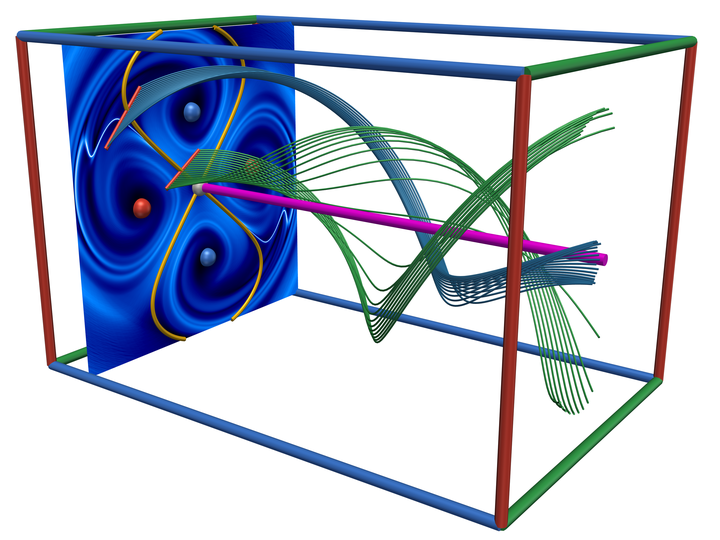
Motivated by the developments of objective feature extraction frameworks in the years 2017/18 [GGT17; GT18a]1 and 2019 [Had*19]2 we review the dependence of vortex core line extraction and time-dependent vector field topology on the respective frame of reference. We compare these frameworks based on their physical interpretability, computation times and quality of resulting features. This includes an evaluation of the author’s claims that their frameworks can find local frames of reference in which time-dependent vector fields appear steady. We explore limitations and demonstrate that the birth and death of critical points pose a fundamental problem for this goal. Our findings establish that the transfer of visualization techniques from the steady to the time-dependent case is only possible if the original field appears truly steady in the computed frames of reference. We continue to show that this is a special case, and does not hold for real-world examples. In extension to this, we show that the extraction of hyperbolic trajectories via parallel vectors in these frames of reference can mitigate problems related to curved solutions. For the two-dimensional case, we additionally prove the equivalence of parallel vectors solutions and critical points in the newly created steady vector field. Moreover, we demonstrate that invariant manifolds from the steady frame of reference have very limited meaning for the original vector field.